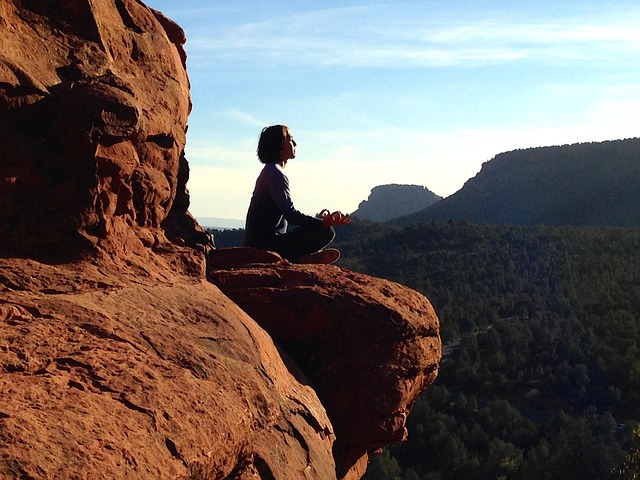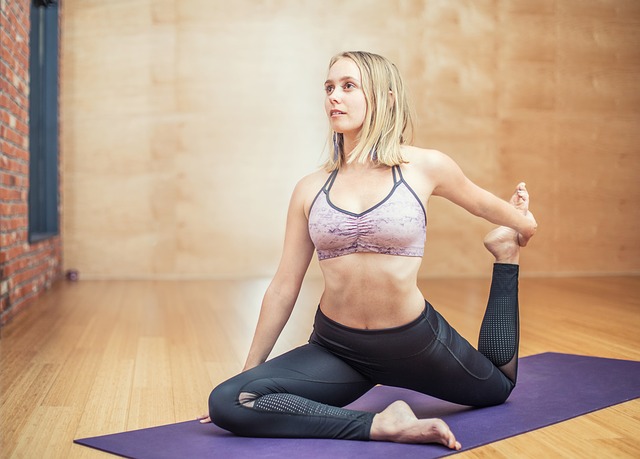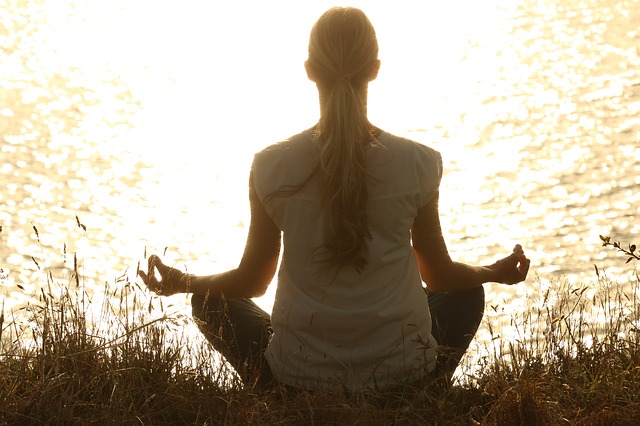Life is hard. Let’s accept it as it is because there is no way around it. Now, those of you have just graduated out of college, you have already experienced how brutal the job market is. Just a few years back, everybody was a firm believer in American Dream where hard work used to get rewarded and where anything seems possible; but not anymore.
The result is a population of seriously stressed out people. According to the American Psychological Association, in 2015 millennials in particular were more likely to report increased stress, along with feelings of loneliness and isolation due to stress. This causes a lot of un-chill symptoms, like anger, irritability, anxiety, lack of interest or motivation, feeling overwhelmed, and depression.
So how do you keep life’s bullshit from making you cranky and stressed out?
Fight stress by practising mindfulness
What isn’t bullshit are the benefits of practising mindfulness. Originally a Buddhist concept founded 2,600 years ago, mindfulness has made its way to Western popular culture over the last few years. The it is defined as “a moment-to-moment awareness of one’s experience without judgement.” In other words, mindfulness involves being aware of your thoughts and emotions as they are happening. Think of it as a kind of self-awareness. Researchers have found empirically supported benefits to practising mindfulness, including:
- Reduced rumination and symptoms of depression
- Reduced stress
- Enhanced memory
- Improved focus and attention
- Improved regulation of emotions
- More cognitive flexibility, such as more adaptive responses to stressful situations
- Better relationship satisfaction
So you may not be able to control the job market or student loan interest rates, but you can use mindfulness to help you deal with the stress associated with them.
How to practice mindfulness
You don’t have to be Buddhist to practice mindfulness in your everyday life. There are several disciplines and practices that are proven to help you cultivate mindfulness.
Meditation

The fast-paced Western world has a tough time accepting that meditation is real, but it is a practice that can help you become more mindful and less stressed in your day-to-day life. Contrary to popular belief, meditation involves far more than just sitting in silence with your eyes closed. Practitioners learn to clear and relax their minds, tuning out the external world to focus on their inner states. This process is meant to help you build self-awareness and push past your consciousness to find peace and happiness. Maybe you need some sort of life coaching to get it sorted out all by yourself.
Learning to meditate can be a frustrating process, especially if your mind is already stressed, anxious or overwhelmed. If you’re new to meditation or are looking for tools to enhance your meditation practice, consider trying some of these tools:
- Guided meditations from The Chopra Center
- A meditation labyrinth to create movement while you focus your thoughts
- Sound immersion with singing bowls or Chinese Baoding balls
- Create a special meditation space with a meditation cushion or meditation chair
- Block out the external world with an eye pillow
Remember, you don’t have to spend an hour every day meditating. Try finding moments throughout your day to do some deep breathing and to turn inward. Get to know yourself. Who knows; you might discover just how awesome you really are.
Yoga, tai chi and qi gong

Yoga, tai chi and qi gong are all movement practices with different origins. Each practice focuses on slow, controlled body movements — with yoga consisting primarily of static poses, while tai chi and qi gong consist of flowing postures — and the cultivation of a meditative state. These practices can be particularly effective for those who struggle with the stillness of meditation because, instead of remaining stationary, practitioners learn to turn inward through focusing on their breathing and movement.
If you’d like to give any of these movement practices a try but don’t want to invest too much money up front, you might be able to find coupons for classes in your area through Groupon or LivingSocial. Most studios will have the gear you need to try out a class; just make sure you dress like you would for a fitness class.
Personally, I have found that weekly yoga classes help me reduce my stress level and regulate my emotions. I often walk into the studio feeling agitated and leave feeling ready to face another day. If you’ve never tried a movement practice before, I would highly recommend it.
Mindfulness mobile app
In today’s hyper-connected world, using a mobile app to turn inward might seem counter-intuitive. While there aren’t enough studies to demonstrate whether mobile apps are an effective mindfulness tool, they can at least introduce you to the concept of mindfulness to help you decide if it’s something you’d like to integrate into your life.
The Journal of Medical Internet Research reviewed and evaluated iPhone apps that purported to offer mindfulness training. After eliminating duplicates, researchers identified 606 apps, then narrowed the list to only include apps that actually offered mindfulness training and education rather than simply guided meditations, timers and reminders. Of the 23 mobile apps that met the researchers’ criteria, the following four were identified as the top mindfulness iPhone apps:
- Headspace: Get guided and unguided lessons on meditation and mindfulness that range from 2 to 60 minutes. The app is free, with in-app purchases available.
- Smiling Mind: This not-for-profit initiative was developed by a team of psychologists with expertise in youth and adolescent therapy, Mindfulness Meditation and web-based wellness programs. Free.
- iMindfulness: This guided meditation app offers meditations in English, Norwegian and Danish, as well as timers, mood trackers and reminders.
- Mindfulness Daily: This app offers quick guided practices to reduce stress and anxiety, improve performance and enhance sleep.
Seriously, just unplug every now and then
The simplest, easiest way to start practising mindfulness is to just be in the moment. Stop and breathe; appreciate what is happening and who you are right in this moment. Don’t fear silence. It’s in those moments when it’s just you — no TV, radio, YouTube videos, podcasts, notification dings, etc. — that you can actually process the bullshit around you and find ways to effectively manage its impact on you. Here are a few ways you can work mindfulness into your daily life:
- Turn off your phone for 30-60 minutes every day
- Drive to your destination with the radio off
- Walk to your destination (without headphones)
- If you absolutely have to bring work home, take 5-minute breaks to let your mind wander
- Sit and listen to the rain
This is where that mindfulness training comes in handy. Don’t just let your mind race. Listen to your breathing. Accept your thoughts, then let them go. Be in the moment.
Practising mindfulness can be quite a challenge in a world that values busyness. Think of it this way: your busyness will become productiveness when you act with a clear head and calm intentions.

